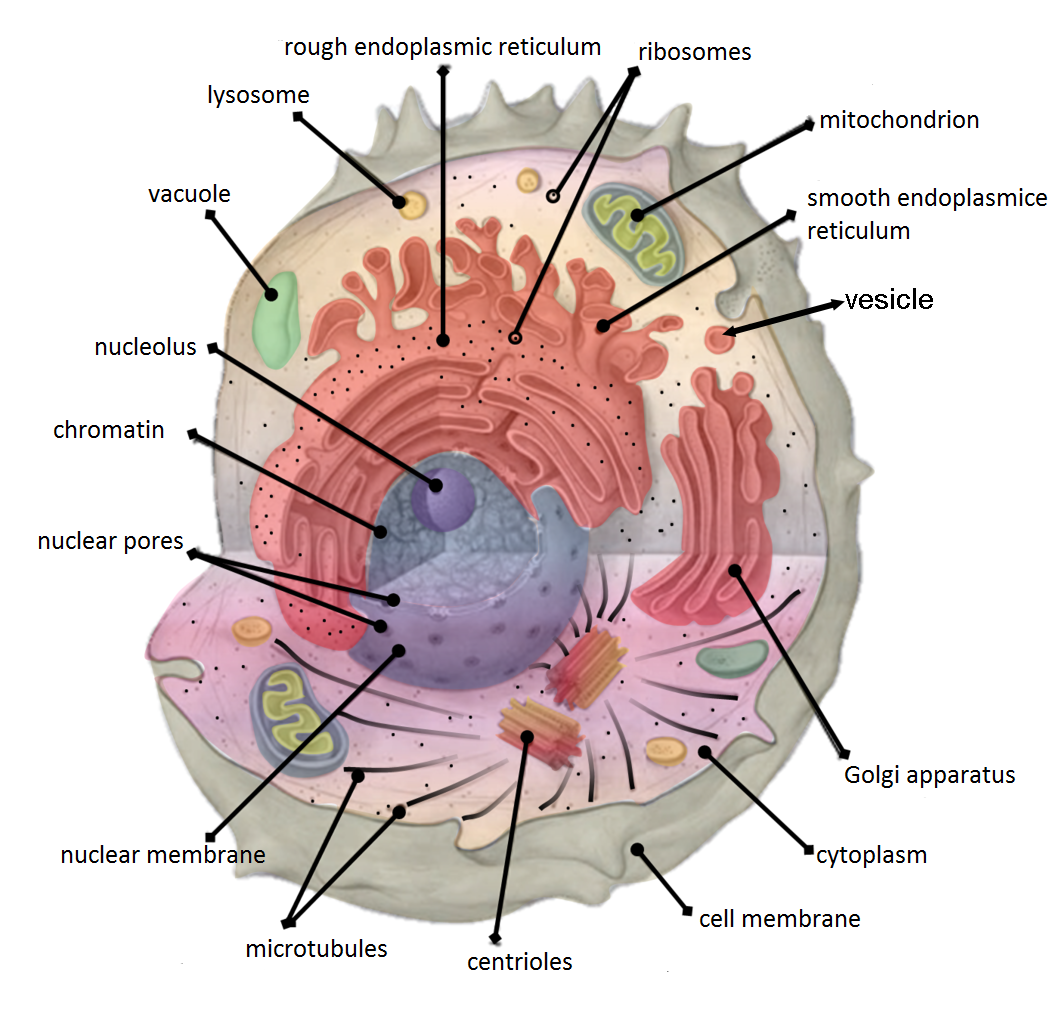
Biological organization unfolds as follows: biosphere, ecosystem, community, population, organism, organ system, organ, tissue, cell, organelle, and molecule.Living things may vary in shape and size, but scientists agree that they are all composed of cells. The cell is the basic unit of structure and function of an organism. All cells have a plasma membrane, cytoplasm, DNA, and ribosomes, however depending on their structure, cells may be prokaryotic or eukaryotic cells.
Have you ever wondered:
- Why antibiotics fight bacterial infections by killing prokaryotic cells without harming human cells?
- Did you know that the basic scaffold of the cell, known as the cytoskeleton, is responsible for the shape, growth, and movement of the cell?
Another interesting fact is that mitochondria can be used to trace maternal ancestry since mitochondrial DNA passes only from mother to child.
A prokaryotic cell is a simple, usually single-celled (unicellular) organism that lacks a nucleus or any other membrane-bound organelle in the cytoplasm. The DNA of a prokaryotic cell is concentrated in a region called the nucleoid. On the other hand, eukaryotic cells are more complex compared to the prokaryotic cells and possess membrane-bound organelles and a well-defined, membrane-bound nucleus. Organelles compartmentalize different areas of the cell according to the different functions.
The eukaryotic cell possesses a well-defined nucleus surrounded by a membrane, so it is often said to possess a “true nucleus.”. Cell organelles physically separate the various metabolic activities that occur within cells. Each organelle has a different composition, size, and specific functions vital to keep the cells alive. The cytoskeleton supports the organelles in the cytoplasm. The plasma membrane of a cell is a semi-permeable membrane that allows specific molecules and ions to pass across while restricting the movement of others. Apart from the primary functions of protection and carriage of substances, the plasma membrane of animal cells additionally serves to maintain the shape of the cell and anchor it to other cells to form tissues.



